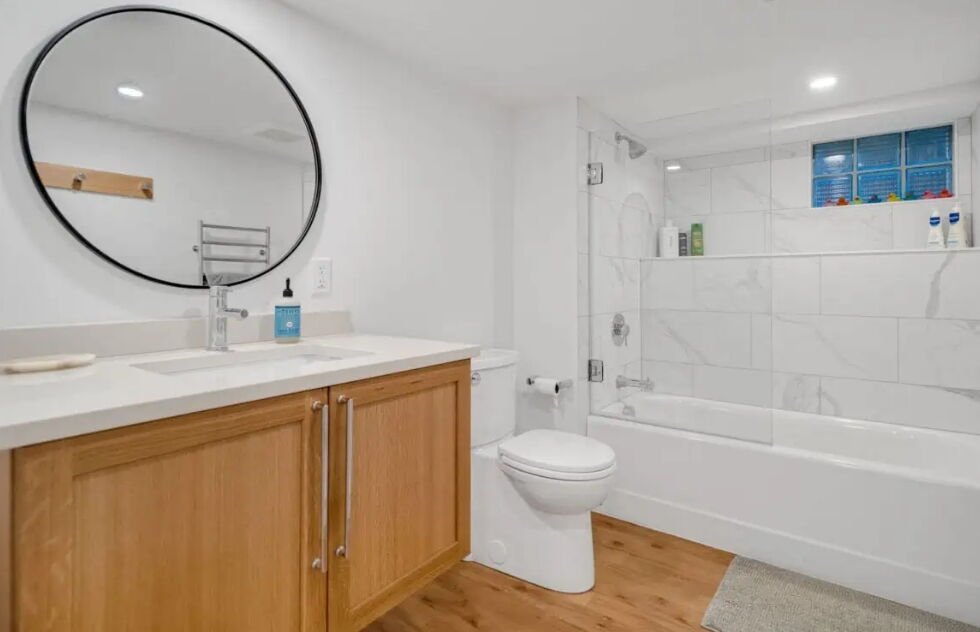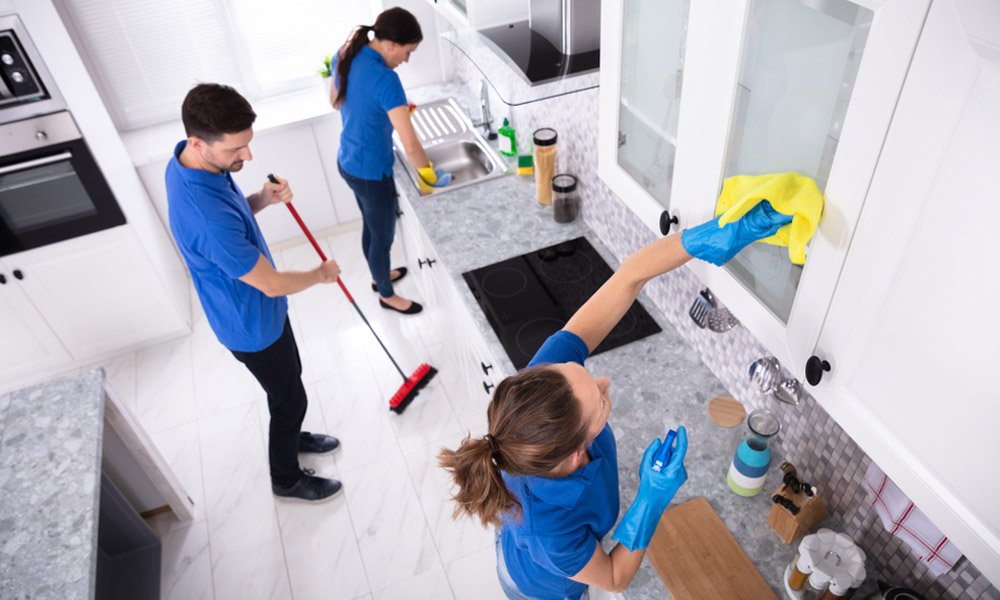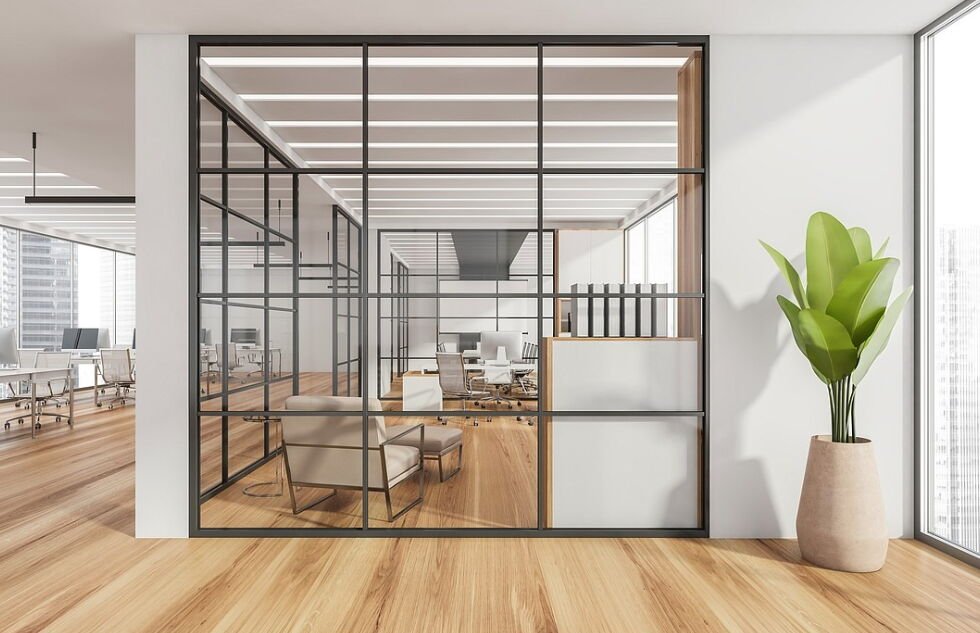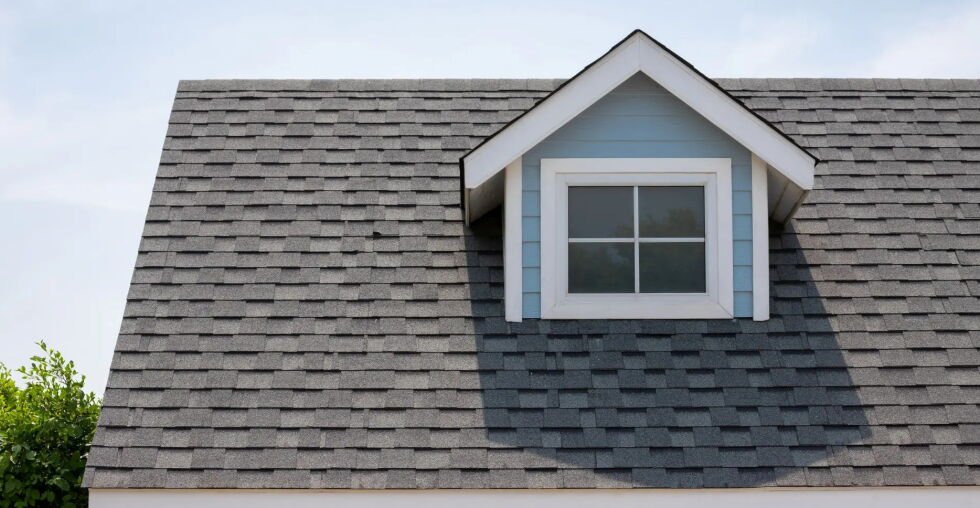Understanding the Unique Challenges of Basement Bathrooms
Basement bathroom remodeling can be a rewarding yet complex project. Unlike traditional bathrooms, basement spaces present unique challenges, primarily due to their below-grade positioning. The added complexities of plumbing issues, moisture control needs, and adherence to building codes can make planning feel overwhelming. However, with meticulous planning and informed choices, you can successfully transform your basement into a functional and stylish bathroom that enhances your home’s appeal.
Plumbing Solutions: Upflush Toilets vs. Sewage Ejector Pumps
When it comes to plumbing for basement bathrooms, homeowners often face a crucial decision: should they opt for an upflush toilet or a sewage ejector pump? Upflush toilets use innovative macerating technology, grinding waste and pumping it up to the main sewer line. This option, while generally cheaper and less invasive than installing an ejector pump, may introduce noise and requires regular maintenance. On the other hand, sewage ejector pumps provide a comprehensive below-floor plumbing system, allowing greater flexibility in fixture placement. This method involves breaking through concrete and installing a sealed basin, making it costlier upfront but often less maintenance-intensive in the long run. You’ll want to weigh the pros and cons of each option based on your budget, space, and specific needs.
Moisture Control: Key to a Healthy Basement Bathroom
Basement bathrooms are prone to moisture accumulation, making effective moisture control essential. The importance of adequate ventilation cannot be overstated—it’s crucial for maintaining air quality and preventing mold growth. Investing in a humidity-sensing exhaust fan that activates when moisture levels rise can significantly improve the space’s atmosphere. Furthermore, ensure that ventilation ducts vent directly outside to avoid condensation problems. Waterproofing measures should go beyond standard practices; consider installing vapor barriers and using moisture-resistant building materials throughout. Establishing floor drainage systems can also mitigate flooding risks, ensuring your basement bathroom remains a safe and comfortable space.
Optimizing Space: Layout and Design Considerations
Maximizing the limited space in a basement bathroom requires careful layout planning. Adhering to building codes is essential—clearances around fixtures must be sufficient to provide comfort and accessibility. For example, toilets should have a minimum clearance of 30 inches wide and 24 inches clear in front, while sinks should allow for 30 inches in width and a 21-inch front clearance. When planning your layout, consider the positioning of existing ductwork and plumbing to ensure you maintain proper distances. Additionally, making use of smart design choices, such as wall-mounted sinks or compact fixtures, can help you create a functional yet stylish bathroom.
Illumination and Electrical Safety in Basement Bathrooms
Lighting plays a vital role in the functionality of any bathroom, especially in basements, where natural light is often limited. A combination of general overhead lighting, task lighting at the vanity, and wet-location compliant shower lights can enhance both safety and aesthetics. Additionally, consider features like night lighting for safety during late-night visits. It’s crucial to follow electrical codes for bathroom installations, ensuring that all outlets have GFCI protection to prevent electrical hazards. Heated floor systems can also provide comfort during cold months, enhancing the overall appeal of your basement bathroom.
Navigating Building Codes and Permits
Before embarking on your basement bathroom remodel, it’s crucial to familiarize yourself with local building codes and permit requirements. Most jurisdictions require permits for bathroom additions to ensure safety and compliance. Common requirements typically include emergency egress regulations, minimum room dimensions, ceiling height specifications, and adherence to plumbing and electrical codes. Engaging a professional contractor with experience in basement projects can simplify the process, as they can handle permit acquisition and necessary inspections, ultimately ensuring your project meets all local regulations.
Selecting Appropriate Materials for Durability and Safety
Choosing the right materials for your basement bathroom is critical for both longevity and maintenance. Opt for moisture-resistant drywall or cement board for wall surfaces and consider using porcelain tile or luxury vinyl for flooring, as both materials offer durability and water resistance. Be sure to select mold-resistant caulk and grout, as well as corrosion-resistant fixtures to withstand the humid environment. Additionally, take temperature fluctuations into account; materials should be selected to endure the greater temperature swings commonly experienced in basements, ensuring that your bathroom remains functional and aesthetically pleasing.

Planning for Long-term Maintenance and Upkeep
Once your basement bathroom is complete, planning for long-term maintenance is crucial to ensure its continued functionality and appearance. Regularly test pump systems to ensure they operate efficiently and inspect seals and caulking periodically to prevent leaks. It’s also important to clean your ventilation system and monitor moisture levels regularly. Implementing access panels for critical fixtures or components will facilitate easier maintenance while preserving the overall look of your bathroom. By prioritizing long-term care, you can enjoy your basement bathroom for years to come.
FAQ
What are common challenges when remodeling a basement bathroom?
Common challenges include plumbing limitations due to below-grade positioning, moisture control, adherence to building codes, and limited natural light.
What is the difference between an upflush toilet and a sewage ejector pump?
An upflush toilet uses macerating technology to process waste and pump it to the main sewer line, while a sewage ejector pump provides a complete plumbing system by breaking through concrete to install a sealed basin.
How can I effectively control moisture in my basement bathroom?
Effective moisture control can be achieved through proper ventilation, installing humidity-sensing exhaust fans, using vapor barriers, and selecting moisture-resistant materials.
What building codes should I be aware of when remodeling a basement bathroom?
Building codes may include regulations for emergency egress, minimum room dimensions, ceiling heights, and specific plumbing and electrical requirements.
How can I maximize space in a small basement bathroom?
Maximize space by adhering to clearance requirements, using compact fixtures, and considering wall-mounted sinks to enhance functionality.
What maintenance should I plan for my basement bathroom?
Plan for regular testing of pump systems, periodic inspection of seals and caulking, cleaning of ventilation systems, and monitoring moisture levels.











